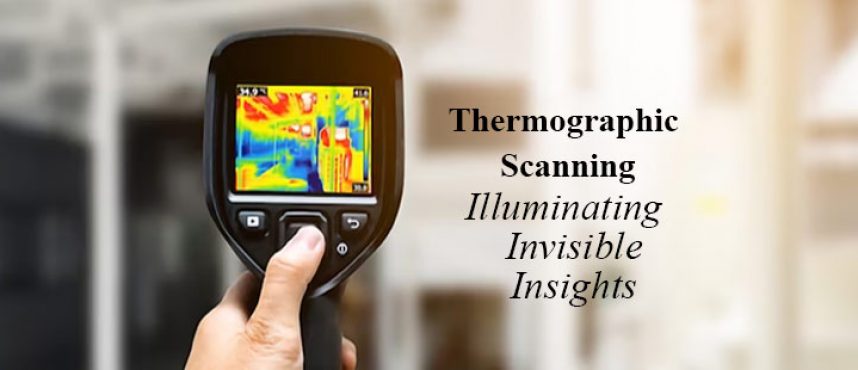Thermographic Scanning Illuminating Invisible Insights
Thermographic Scanning Unveiling Invisible Insights and Enhancing Safety Across Industries
In the realm of diagnostics and predictive maintenance, thermographic scanning emerges as a powerful technique, offering a unique window into the invisible realm of temperature differentials. Employing infrared technology, thermographic scanning allows for the visualization of thermal patterns, enabling professionals across various industries to identify potential issues, enhance safety measures, and optimize operational efficiency.
Unveiling the Power of Thermographic Scanning:
Thermographic scanning offers a plethora of applications and benefits across diverse sectors:
1. Predictive Maintenance: In industrial settings, thermographic scanning aids in identifying equipment anomalies, potential failures, or overheating components, allowing for proactive maintenance interventions.
2. Electrical Inspections: It plays a crucial role in electrical inspections, pinpointing hotspots in electrical panels or wiring, mitigating fire risks, and ensuring compliance with safety standards.
3. Building Inspections: In construction and building maintenance, thermographic scanning identifies insulation deficiencies, water leaks, or structural issues that might not be visible to the naked eye.
4. Healthcare Applications: Within the healthcare sector, thermographic scanning assists in detecting variations in body temperature, aiding in early disease detection and patient monitoring.
Key Features of Thermographic Scanning:
1. Non-Invasive Inspection: Thermographic scanning is non-contact, non-invasive, and provides real-time imaging without disrupting ongoing operations or structures.
2. Temperature Sensitivity: High temperature sensitivity enables the detection of minor temperature changes, facilitating the identification of potential issues before they escalate.
3. Versatile Applications: The technology’s versatility allows for usage in various scenarios, ranging from industrial machinery to building structures and even medical diagnostics.
4. Precision and Accuracy: Advanced thermographic cameras offer precise and accurate temperature measurements and imaging, ensuring reliable results.
5. Safety Enhancement: It contributes to safety enhancement by identifying potential hazards or malfunctions before they pose risks to personnel or property.
Specifications of Thermographic Scanning:
1. Resolution: Varied resolution options, determining the level of detail and clarity in thermal images, ensuring accurate analysis.
2. Temperature Range: Different cameras cater to varying temperature ranges, providing flexibility to detect abnormalities in different environments.
3. Imaging Modes: Some devices offer multiple imaging modes, including thermal, visual, and fusion modes, offering comprehensive diagnostics.
4. Software Integration: Integration with specialized software for data analysis, report generation, and trend analysis, enhancing the depth of insights.
Future Trends and Innovations:
The future of thermographic scanning holds promising advancements:
1. AI-Assisted Analysis: Integration with AI-driven algorithms for automated analysis, pattern recognition, and anomaly detection, enhancing accuracy and speed.
2. Portable and Wearable Devices: Development of compact and wearable thermographic devices for on-the-go inspections and personalized monitoring.
3. Integration with IoT: Connection with Internet-of-Things (IoT) ecosystems for remote monitoring, real-time alerts, and continuous diagnostics.
In conclusion, thermographic scanning illuminates a world of unseen insights, enabling professionals across industries to foresee potential issues, enhance safety measures, and optimize operations. With its advanced features, diverse applications, and ongoing technological evolution, this technology remains an invaluable asset in unlocking hidden insights and driving efficiency across various sectors.




